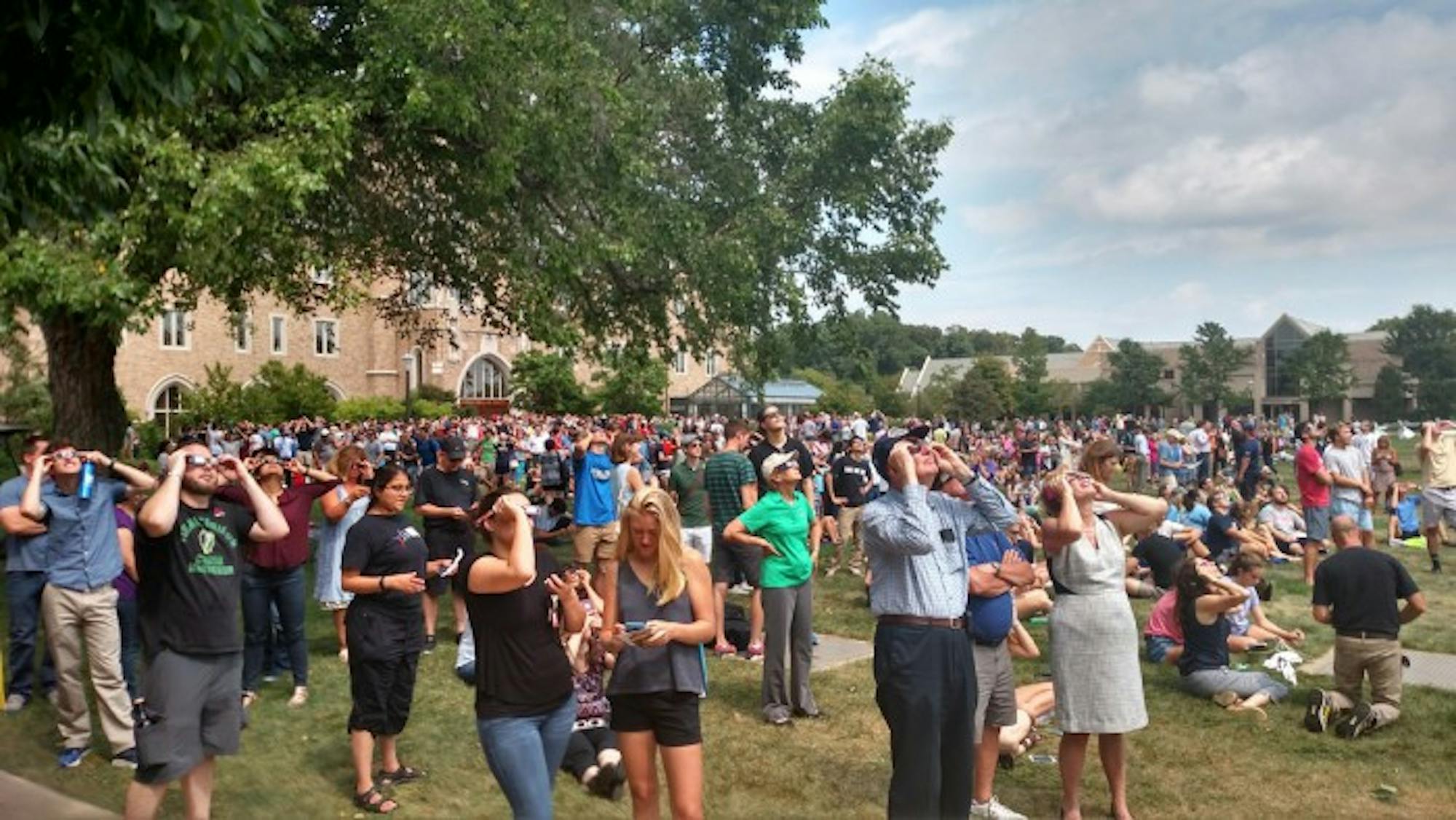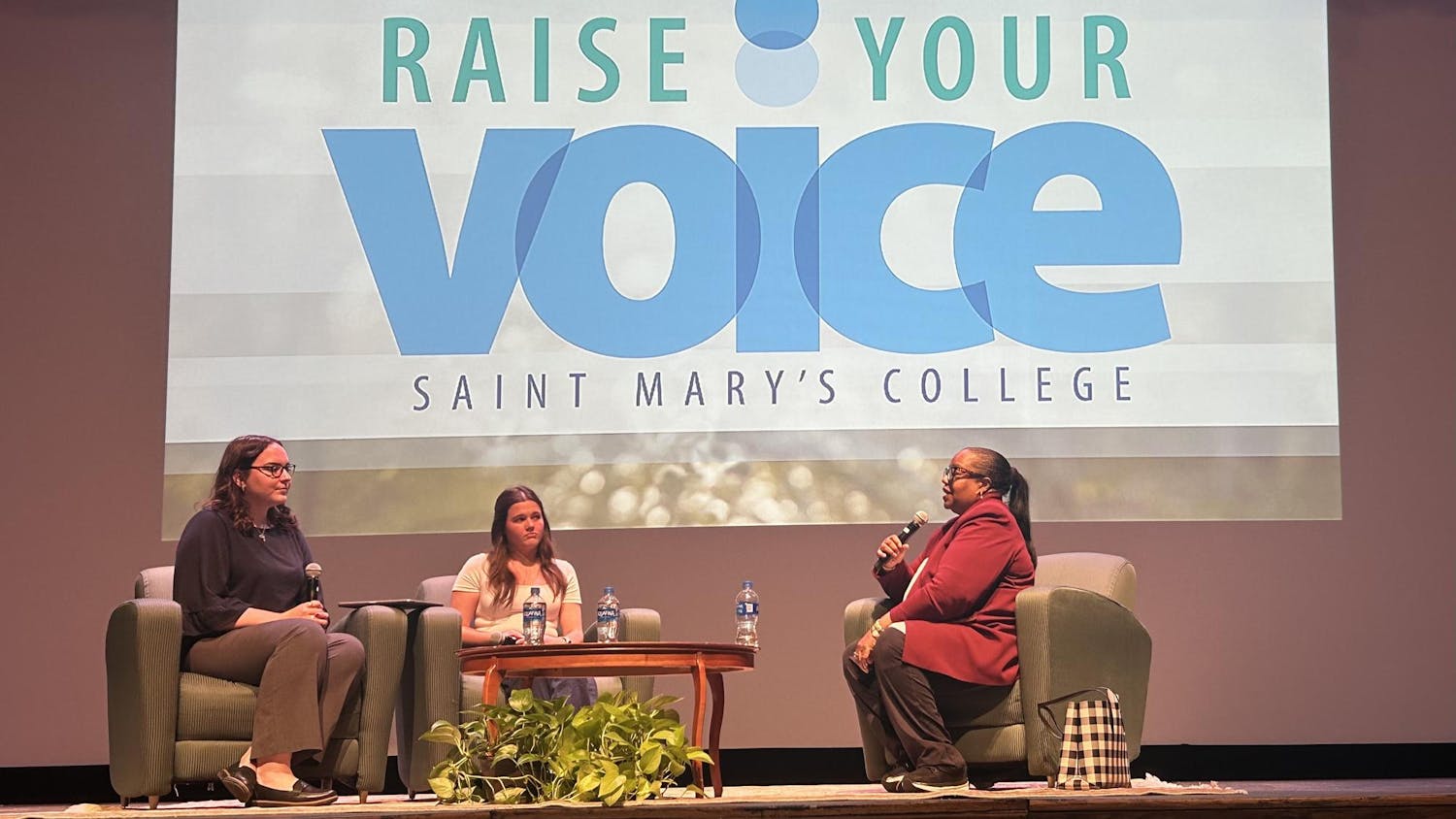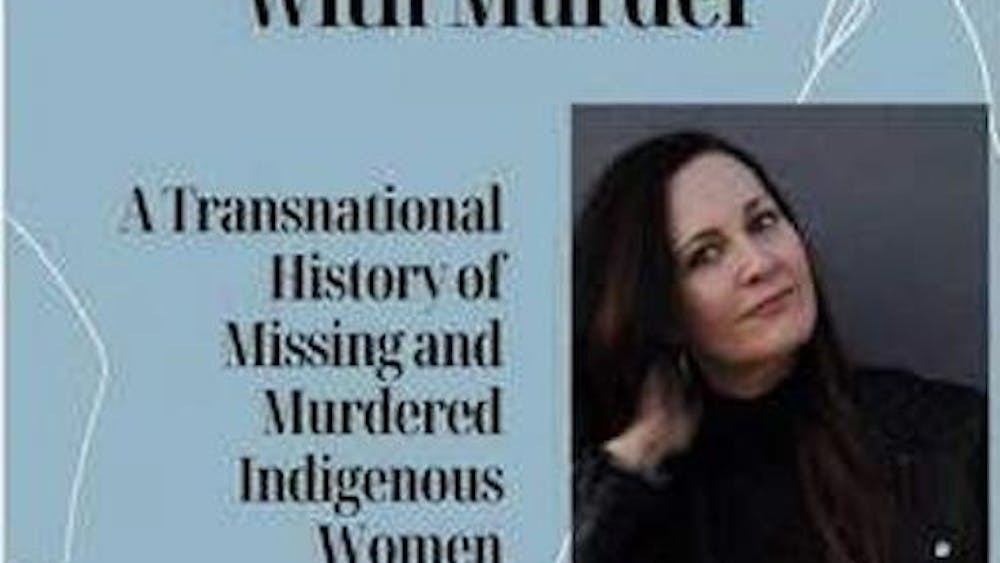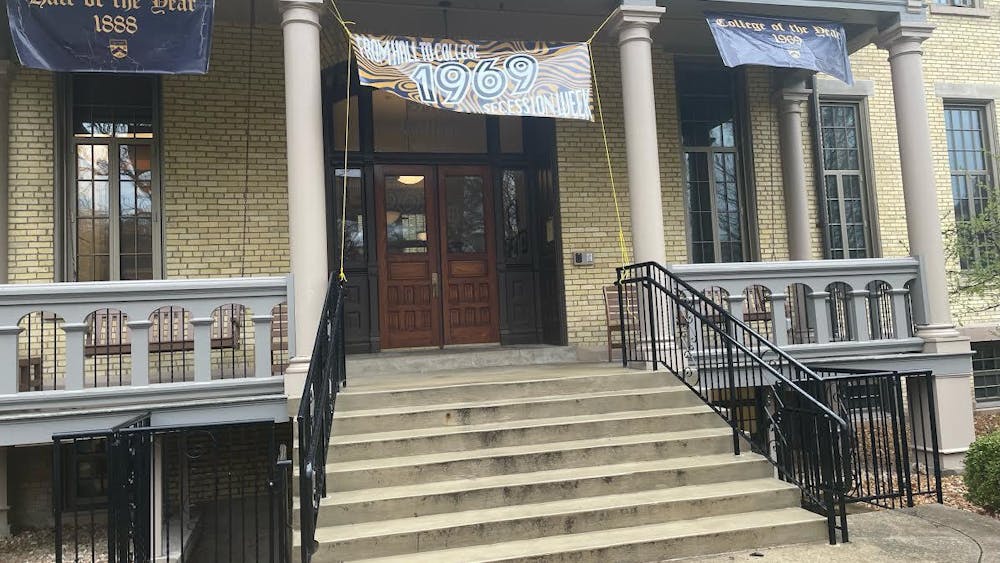Starting at 11 a.m., students, faculty and their families congregated in front of Jordan Hall to watch the first total solar eclipse the United States has seen since 1979. The event, hosted by the physics department and officially running from noon to 4 p.m., offered visitors views of the sun from three telescopes, and organizers passed out free specialized sunglasses for safely watching the eclipse. The first “contact” of the moon with the sun at Notre Dame was at 12:57 p.m., and the eclipse lasted until 3:44 p.m., according to the College of Science’s website. 
While Notre Dame’s campus was over 200 miles north of the eclipse’s path of totality (where the sun is completely obscured by the moon), spectators were able to see roughly 89 percent coverage as the eclipse reached its “totality” (maximum coverage for the area) at 2:22 p.m. Additionally, two of the classrooms in Jordan held viewings of NASA’s live stream of the eclipse, and physics professor Grant Mathews gave a short lecture on the phenomenon and its importance as the eclipse neared totality.
Among the many volunteers present, helping with the telescopes, handing out glasses and answering questions about the eclipse, Ben Rose, a sixth-year physics Ph.D. student, expressed his satisfaction with the event.
“It’s a little bigger than we were expecting,” he said. “Some people were proposing some incredible numbers, and we haven’t quite reached those yet, but it’s definitely up there on the higher levels of what we were expecting. I would call it a great success, because we were able to engage all these people and talk to them about the eclipse.”
Rose said that hosting an event for such a rare astronomical phenomenon was important for multiple reasons.
“One is getting the community to interact with scientists — getting them to understand what they do and what they think and who they are,” Rose said. “Because scientists are trying to learn new things and communicate with people, and if you don’t trust the people who are doing the investigations, then you can’t trust the results, so I think it’s just always a good thing to get scientists out of the labs and into the community.
“The eclipse in particular is great for our country, because it’s going coast to coast and everyone will get to see something. Because of something that universal, I think we really need to do something with it — it’s something everyone is going to experience, and it’s a great way to explain scientific techniques, and a great way to explain with a practical thing you can see.”
Sophomore Amanda Ferraro came to the event early to get glasses. She said she came because she is “really interested in science and astronomy, so it’s really cool to experience something that only happens once in such a long time.”
Fortunately, the weather proved not to be a major issue, and the large crowd applauded as the sun became visible just as a cloud passed. Many viewers lingered for some time after totality passed, but the large crowd quickly thinned. After the event, physics professor and one of the primary organizers of the event, Grant Mathews, said the event exceeded his expectations.
“We set up the telescopes behind Jordan Hall, and handed out as many eclipse glasses as we had, which wasn’t quite enough for the crowd,” he said. “We had a little more people than we thought we would — between three and four thousand people. Personally, I thought a thousand, maybe two thousand, but it was great … It’s just beautiful to see the sun and the machinery of the heavens. One of the telescopes wasn’t working, and so I spent a long time trying to get it working. It had kind of a festive atmosphere, and we even had a cheer right when the cloud passed right when totality hit.”













